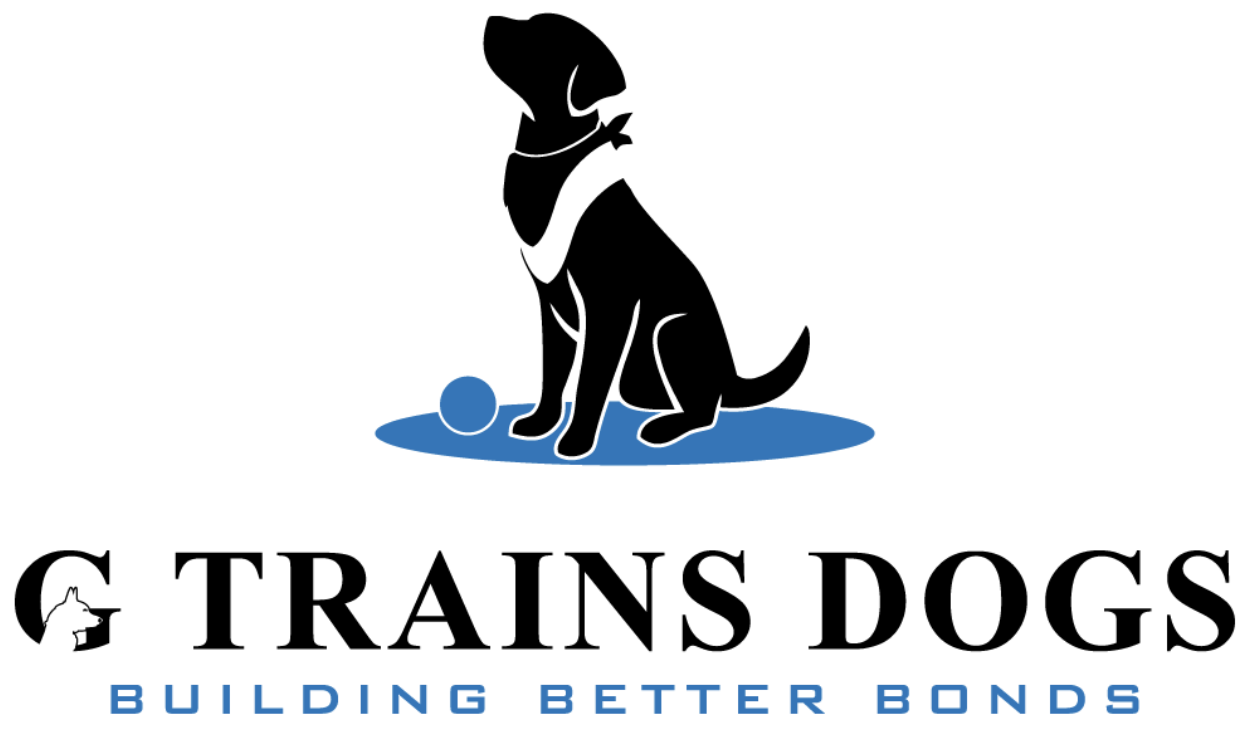8 Steps to Crate and Kennel Train Your Dog
Crate training is an important step in building a relationship with your dog. Many clients we speak to feel guilty “locking up their pet” but the truth is, for centuries dogs survived in dens and actually get a lot of comfort from being in small, enclosed spaces. Crates give them a sense of security and can even help with anxiety.
Here are some steps to crate train your dog:
Introduce the crate: Place the crate in a room where the family spends time and leave the door open. Encourage your dog to investigate the crate by placing treats or toys inside.
Make the crate comfortable: Place a comfortable bed or blanket inside the crate and make sure the crate is the right size for your dog.
Start with short periods: Begin by placing your dog in the crate for short periods of time while you're home. Gradually increase the time as your dog becomes more comfortable.
Use positive reinforcement: Give your dog a treat or praise when they go into the crate or when they are calm inside the crate.
Don't use the crate as punishment: The crate should be a positive space for your dog, not a punishment. Never use it as a form of punishment or to isolate your dog.
Leave the door open: Leave the door open when you're home so that your dog can come and go as they please. This will help them to see the crate as a positive space.
Crate feeding: Feed your dog inside the crate, this will help them associate positive things with the crate.
Gradual overnight crating: Once your dog is comfortable spending time in the crate during the day, gradually increase the time they spend in the crate overnight.
It's important to be patient and consistent when crate training your dog. Some dogs may take longer to crate train than others, but with time and patience, most dogs can be successfully crate trained. If your dog has anxiety or destructive behaviors and you’d like some help getting them comfortable in their crate, book a consultation or give us a call today.
